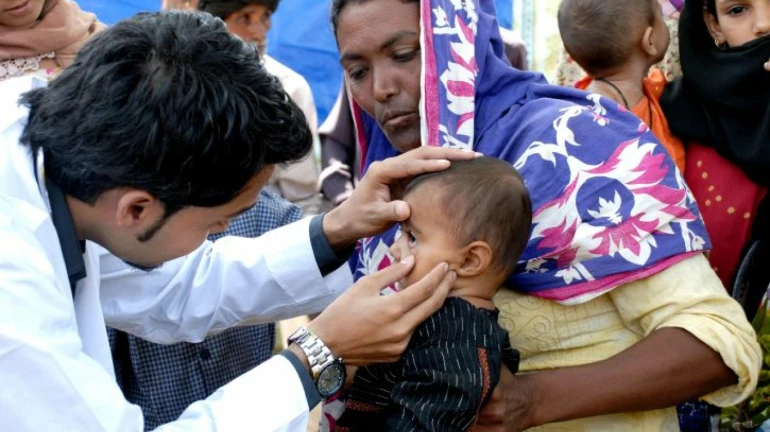
In a sero-surveillance conducted in the city of Mumbai, it was revealed that half the people, or 57 per cent, tested in slums had been exposed to and developed antibodies against the coronavirus compared to the people who tested in residential societies.
This study was carried out in collaboration with organisations like Kasturba Molecular Diagnostic Laboratory, Translational Health Science and Technology Institute (THSTI), ATE Chandra Foundation and IDFC Institute.
The surveillance study started on June 3, when 6,936 samples out of an estimated 8,870 were taken from the slums and the non-slum population of three civic wards, namely. R-North, M-West and F-North. The study revealed that many people were affected by the coronavirus than the official tally suggested. It further showcased the proportion of asymptomatic infection due to the coronavirus in the city.
According to the BMC, the study revealed that 57 per cent of the slum population and 16 per cent of non-slum residents in these civic wards had developed antibodies. The civic body also stated that these data would also help them learn valuable information about herd immunity.
As per sources, the BMC is touted to conduct another survey that will provide information about the spread of the coronavirus which would explain a lot about the herd immunity as well. Herd immunity refers to the resistance to the spread of a contagious disease within a population that results if a sufficiently high proportion of individuals are immune to the disease.
The Serological Surveillance for SARS-CoV2 infection was jointly commissioned by NITI Aayog, the BMC and the Tata Institute of Fundamental Research (TIFR). This survey involves the testing of plasma serum of individuals to check if the body has produced any antibodies to fight off a contagious disease. Furthermore, the BMC added that relatively low prevalence of the coronavirus in the residential societies suggest that social distancing protocols and measures such as wearing face masks are effective in containing the spread of the disease.





